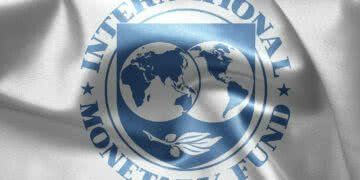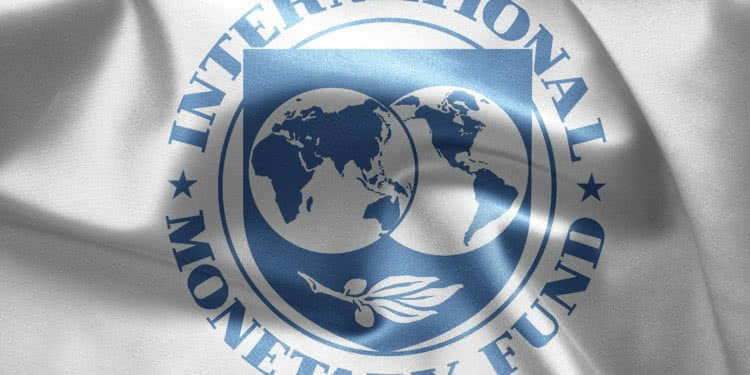Acording to the latest projections of the International Monetary Fund, a sharp slowdown in world trade, caused by the continuing tension in it, slows down the world economy much more than previously thought. Real global economic growth will slow to 3.2% this year, 0.1 percentage points slower than forecast in April, and decline from 3.6% last year and 3.8% in 2017, according to a quarterly update of the forecast IMF “World Economic Outlook”, published recently.
Slow growth and lower forecast reflect the continuing effects of trade tensions. Since the last round of IMF forecasts in April, another three months of data confirmed weaker growth in most parts of the world. World trade has shrunk rapidly. Currently, the IMF predicts that it will grow by only 2.5% in 2019, which is a decrease of almost a full percentage point in the forecast from April. Earlier forecasts suggested a slowdown, but not so sharp. In 2017, world trade in goods and services grew by 5.5% annually.
The dynamics in the global economy is weakened by protracted political uncertainty. Despite the recent trade truce between the US and China in late June and their return to negotiations after two months of tariff increases, the risks for the global economy also appear because of the promise of promiscuous Brexit if the UK leaves the European Union without agreeing to deal.
A separate report by the World Trade Organization, published in July, showed the extent to which trade protectionism continues to grow. The WTO said in its mid-year monitoring report that, since October 2018 trade restrictions were imposed on about $ 340 billion in trade per year. These new trade restrictions were the second largest in the history of observations after a cap of $ 588 billion, which were reported in its previous monitoring report. “Together, these two periods represent a sharp surge in the coverage of trade measures that restrict imports,” says the WTO, which considers tariffs, import bans, special safeguards, import taxes and export duties among the restrictions to be monitored.
The IMF’s outlook, which now reflects data until mid-July, confirms evidence that trade tensions continue to spread throughout the world. The decline in GDP growth is mainly concentrated in emerging markets: growth in India decreased by 0.3 percentage points compared with previous forecasts, in Russia – by 0.4 points, in Mexico – by 0.7 points, and in Brazil – by 1.3 points. In the latest IMF forecast, advanced economies were in a better situation.
The IMF says Trump’s trade war harms China more than the United States. Billions of dollars in tariffs hurt Beijing more than Washington. In its updated two-year review of the “World Economic Outlook”, the IMF raised its forecast for US growth to 2.6 percent from 2.3 percent, while lowering its growth prospects in China. It also noted that growth was “better than expected” in the United States.
In an assessment for each country, the IMF said that the “tooth for tooth” effect is expected in the tariff policy, and the weakening of external demand will increase the pressure on the already cooling Chinese economy. It is projected that GDP growth in China will be 6.2 percent in 2019 and 6.0 percent in 2020, which is about 0.1 percentage points lower than in the IMF’s April forecast.
The Trump administration set US $ 250 billion in tariffs for Chinese goods and threatened to impose duties on even more goods. Beijing introduced US $ 110 billion for US goods. Both the United States and China have taken steps to reduce tensions lately. Trump agreed to make “timely” decisions about whether to allow American companies to sell Huawei products, which is now on the black list. Meanwhile, Chinese state media reported that China has taken steps to begin to fulfill its promise to buy more American agricultural products. Trump believes that this step is important to reach an agreement, as American farmers have been hit hard by Chinese tariffs on their products.
Trade talks between the United States and China are expected next week. American trade negotiators will go to China for tet-a-tet negotiations, as the two largest economies in the world are trying to make a deal. Although the negotiations represent an important next step after the truce reached in June between the leaders of the two countries, the conclusion of the deal is not expected in the near future, negotiations may take about six months.
Investors are closely following the negotiation results in China. The expansion of the trade war between Washington and Beijing could cause more damage to American companies and the global economy as a whole.
President Donald Trump made it clear to China that he would like to relax the restrictions on Chinese Huawei in exchange for purchases of agricultural products from the United States. In the longer term, US officials suggested that tariffs to be canceled in exchange for Beijing making the deal legally binding.















